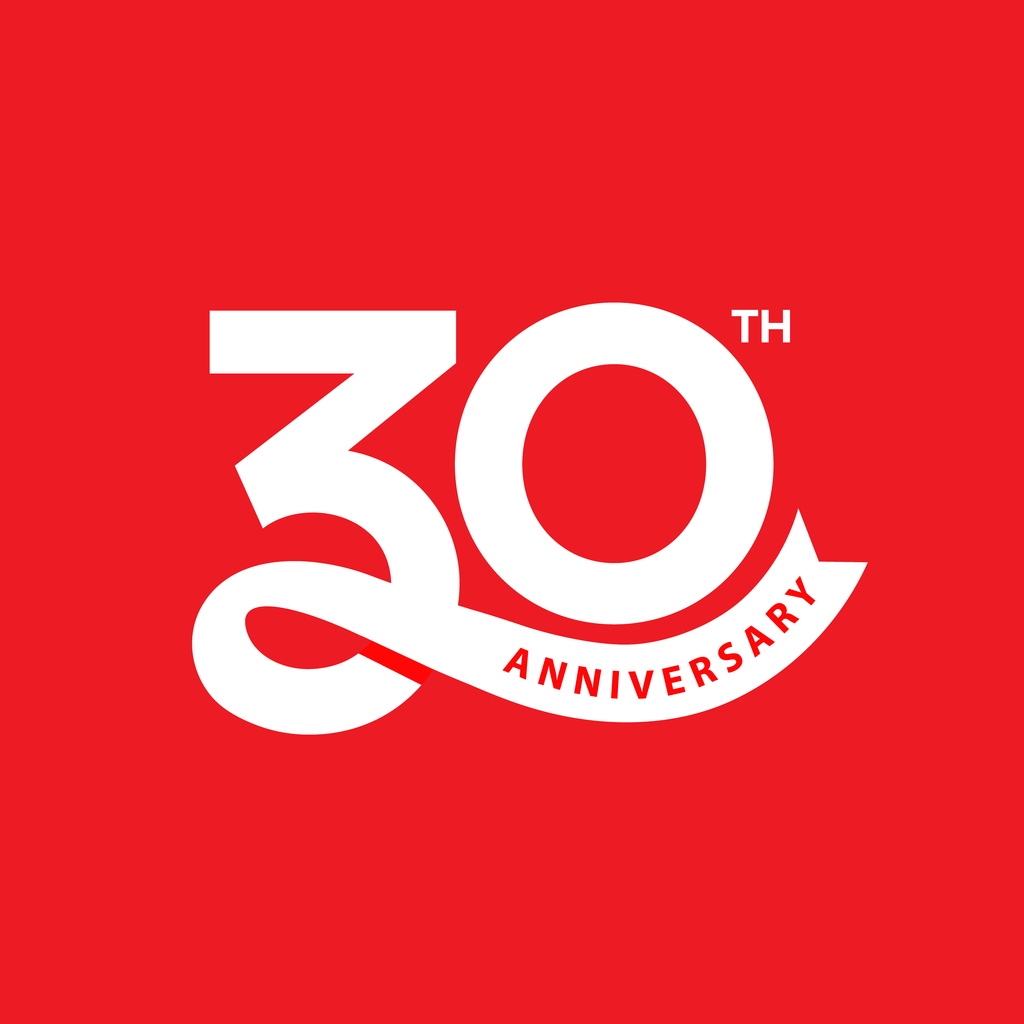By Keith Devlin @KeithDevlin@fediscience.org, @profkeithdevlin.bsky.social
This month marks the 30th anniversary of the MAA website you are looking at, which back then was a new members-service medium called MAA Online. “Devlin’s Angle” was one of the regular features from the getgo. Out of curiosity, when I was deciding what to write about for January 2026, I looked over my first post in January 1996. It began:
If you are reading these words, then you have already taken the plunge and made at least the first tentative steps into the strange new world of the World Wide Web. And it really is a different world, with different rules, different advantages, and different dangers—as the story below indicates.
Having started to use email in 1986, by 1996 I was familiar with Internet technology (the Web appeared in late 1990), but those of us involved in MAA members-communications operated under the assumption that many MAA members were not. Several of my Angle essays in that first year reflect the assumption the MAA leadership had made, that the Association should take advantage of the new, and rapidly growing, information medium.
Browsing over those early posts, I found it interesting to see what mathematicians were thinking about back then; maybe you will too. So I’ll keep this short and leave you to check it out.
Of particular relevance to today, the March 1996 essay reflected on the role AI may or may not have in mathematics.
Unfortunately, the MAA Online issues for the years 1996 through to July 2011 were all lost in a system update, but a complete archive of the Angle, from 1996 to today, is available on my personal academic website profkeithdevlin.org.
